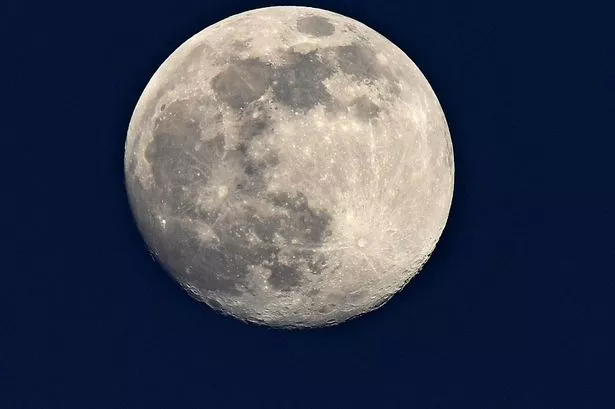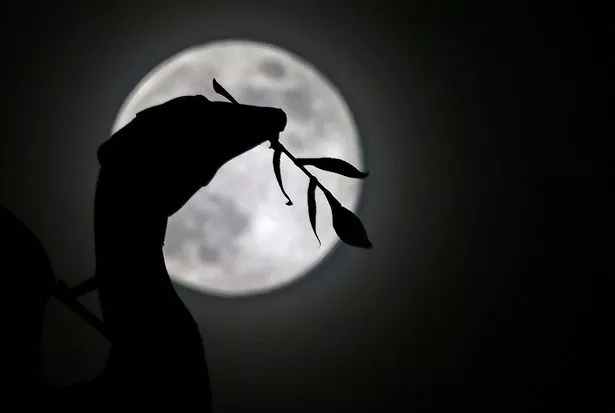Earth’s closest neighbour appears is one of the best things to look at in the night sky A full moon happens every month of the year (Image: Liverpool ECHO)
A full moon happens every month of the year (Image: Liverpool ECHO)
The next full moon will be in August 2025, a full moon is when the Moon appears as a complete circle in the sky. We see it as a circle because the whole side of the Moon facing the Earth is lit up by the Sun’s rays.
From lighting up our skies to preserving evidence of our solar system’s history, Earth’s closest neighbour appears is one of the best things to look at in the night sky, especially during a full moon or lunar eclipse. Like Earth, the Moon has a day side and a night side, which change as the Moon rotates. The Sun always illuminates half of the Moon while the other half remains dark.
August’s full moon will be on the Sturgeon Moon, this will rise on Saturday, August 9, according to the Royal Museums Greenwich (RMG), we can expect to see the full moon at 8.55am in August.
The phases of the Moon are caused by the relative positions of the Moon, Sun and Earth. If the Moon is on the other side of the Earth compared to the Sun, then the near side of the Moon will be fully lit up and be a full moon.
Different cultures have given names to full moons across the lunar calendar. Many of the Moon’s nicknames have come to us from Native American culture. These names were then adopted by the Colonial Americans.
RMG explains the reason of the Sturgeon Moon, saying: “North American fishing tribes called August’s full moon the sturgeon moon since the species appeared in number during this month.
“It’s also been called the green corn moon, the grain moon, and the red moon for the reddish hue it often takes on in the summer haze.”
 Full moon over Liverpool’s Liverbird(Image: Liverpool ECHO)
Full moon over Liverpool’s Liverbird(Image: Liverpool ECHO)
Looking at the Moon with only your eyes, you see mostly areas of white and grey. These grey patches are solidified volcanic lava flows. In the Moon’s youth, its interior was still molten, and magma would erupt onto its surface. These dark areas formed when massive asteroid or meteorite impacts on the Moon’s surface created basins.
This month stargazers can also look forward to a spectacular meteor shower. Throughout the year meteors can often be spotted burning across the sky at incredible speeds. The space rocks are often called “shooting stars”.
Meteors burn up as they enter Earth’s atmosphere at a rapid speed. Scientists estimate that about 48.5 tons (44 tonnes or 44,000 kilograms) of meteoritic material falls on Earth each day. Almost all the material is vaporised in Earth’s atmosphere, leaving a bright trail.
There are plenty of meteor showers that can be enjoyed from Earth every year, perhaps the most spectacular of all is the Perseids. The Perseids are a prolific meteor shower associated with the comet Swift–Tuttle. It is usually visible from mid-July to late-August. it is considered the best meteor shower of the year.
In 2025 the Perseid meteor shower is active between July 17 and August 24. The shower will peak August 12. It is famous for its swift and bright meteors, Perseids frequently leave long “wakes” of light and colour behind them as they streak through Earth’s atmosphere.
The Perseids are one of the most plentiful showers with about 50 to 100 meteors seen per hour.
